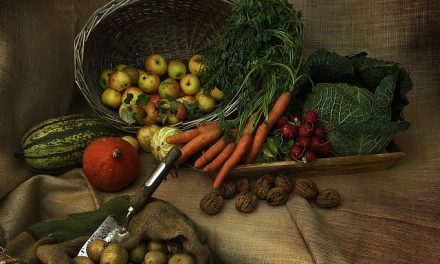For years, population comparisons around the world have linked high-fat diets with greater breast cancer risk. Laboratory and animal studies support such a link. But studies of individuals have had mixed results. Consequently, many researchers began to think that other factors related to high-fat diets might be the real problem. Now, several reports have us looking at the link again. A recent analysis of many studies concludes that consumption of fat, especially saturated fat, may have a significant effect on breast cancer risk.
One problem in establishing the link between fat consumption and breast cancer lies in measuring people�s fat consumption. A common method uses a checklist that asks how often various foods were consumed. In one study, when such a list was used to assess fat intake, no significant link with breast cancer was seen. But when the same people�s consumption was measured with detailed food diaries, breast cancer risk increased 22 percent with each 20 percent increase in saturated fat consumption. People had significantly underreported their fat intake with the checklist.
A second problem is that some studies suggest that women who consume more fat, especially saturated fat, during adolescence may experience more breast cancer in later adult life. Breast tissue undergoes an accelerated development during adolescence and may be most affected by diet and other influences then. But accurately assessing diet patterns from decades earlier is difficult. Trying to match a woman�s fat consumption five or ten years ago with her risk of breast cancer may really miss the critical period when dietary fat affects a woman�s health.
Another difficulty is that earlier studies that observed no link between total fat consumption and breast cancer may even have looked at fat incorrectly. We now know that different types of fat act differently. Omega-3 fats from fatty fish are a case in point. These fats seem to block the development of breast cancer. Findings from one study show that women who consume more omega-3 fat face 26 percent less breast cancer than those who consume the least.
Perhaps, the decisive fat factor is the balance between omega-3 fats and the omega-6 fats found in most polyunsaturated oils. Some studies show that women who consume high levels of omega-6 fats are at greater risk. Others studies indicate that high omega-6 consumption is a problem only when omega-3 fats are low. The ratio between the two kinds of fat may significantly affect all women�s cancer risk, or just premenopausal women. Other nutrients, like vitamin E, may also influence the effect that dietary fat has on breast cancer risk.
Due to conclude in 2005, a Women�s Health Initiative (WHI) trial should provide good answers about the effectiveness of a low-fat diet to reduce breast cancer risk. This large study sets the goal of fat intake for women participants to 20 percent of calories. Their plant-based diet emphasizes plenty of vegetables and fruits.
According to some researchers, women are more likely to lower their risk of breast cancer through weight control, regular physical activity and proper portion sizes. These researchers think that consuming a variety of whole grains, vegetables and fruits and decreasing red meat intake matters more than decreasing total fat consumption. But without limiting fat, long-term weight control is unlikely. Because excess fat in the diet can also increase breast cancer risk in several ways, a low-fat diet is the prudent choice.
AICR








